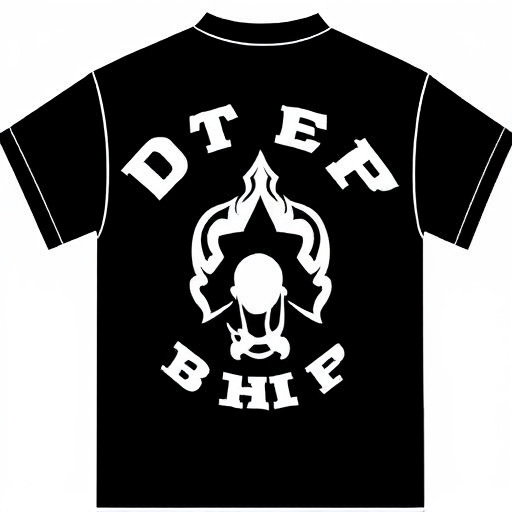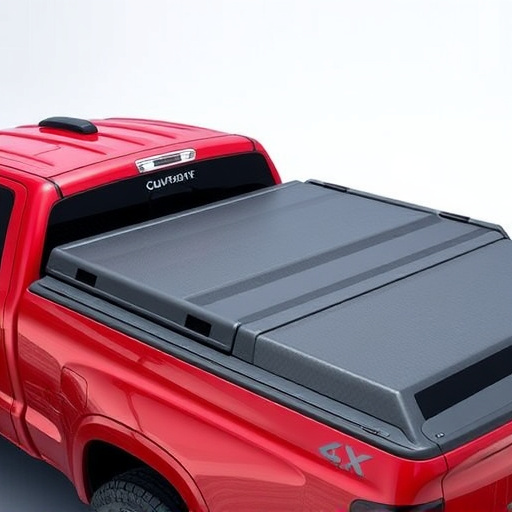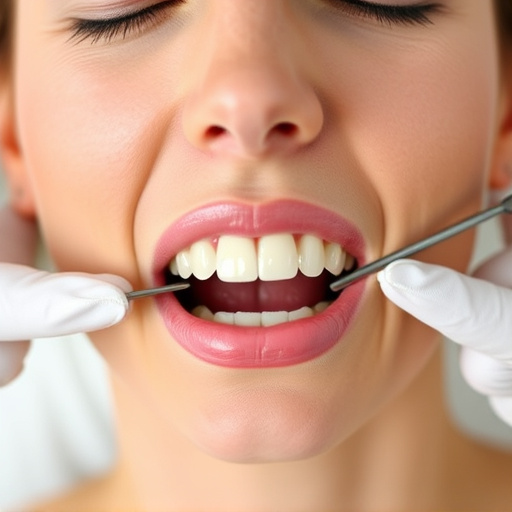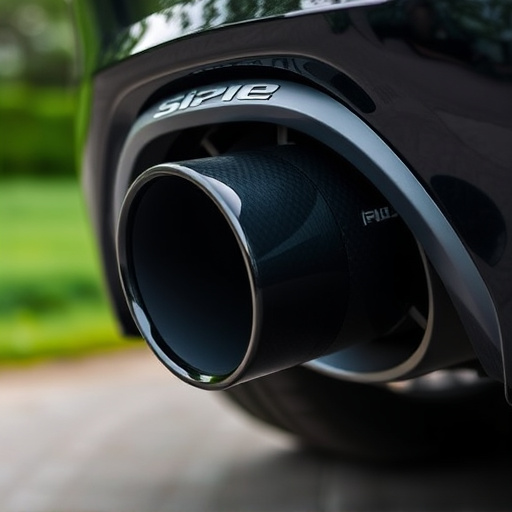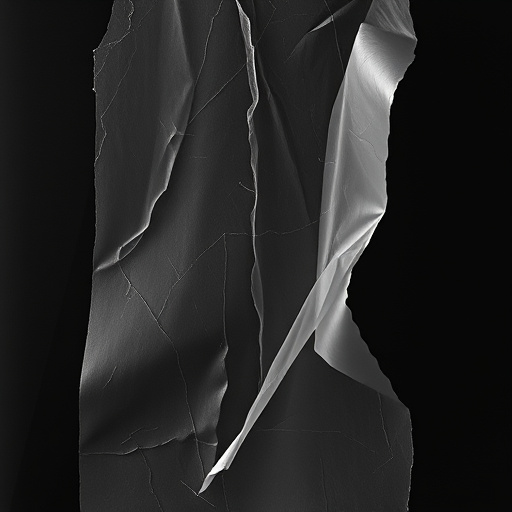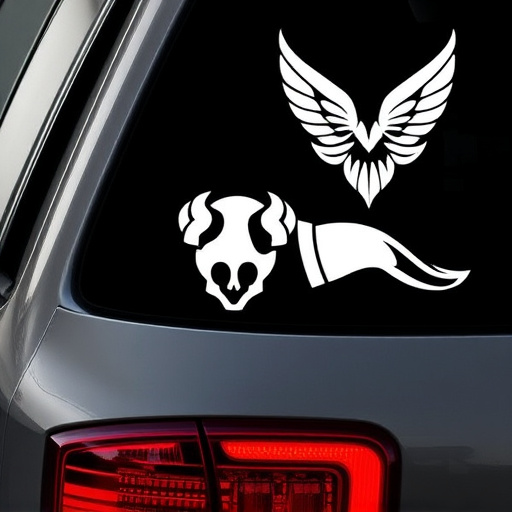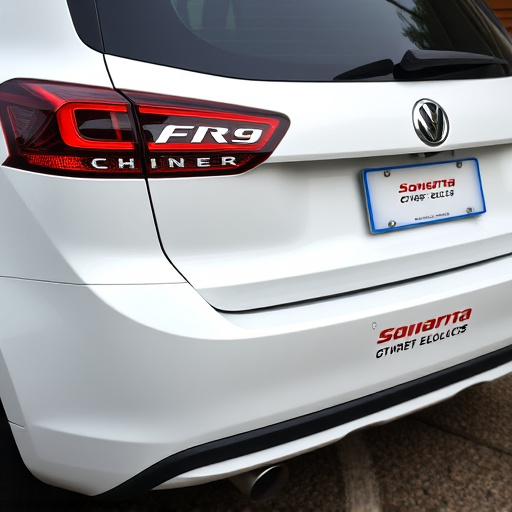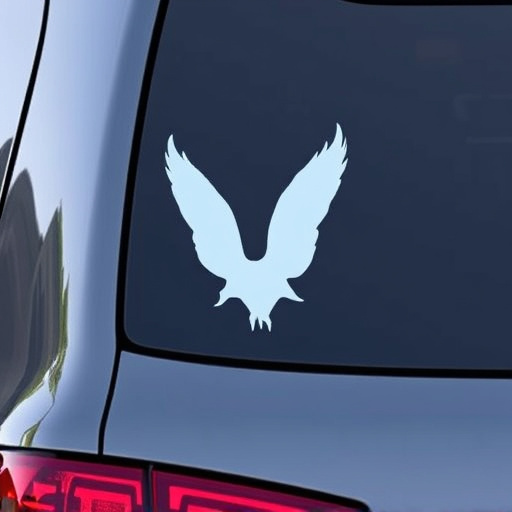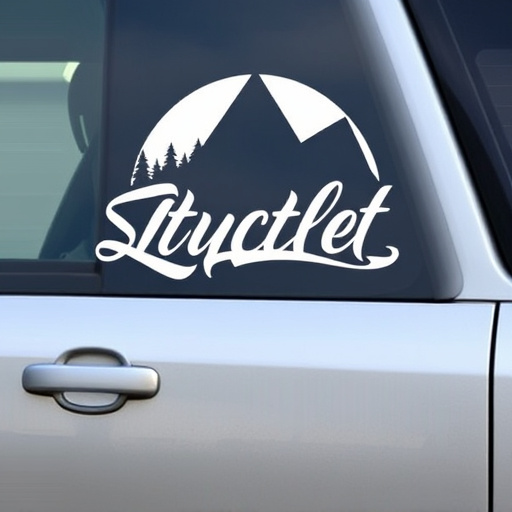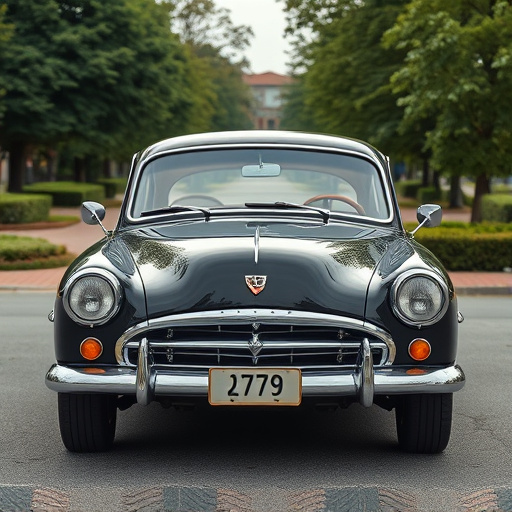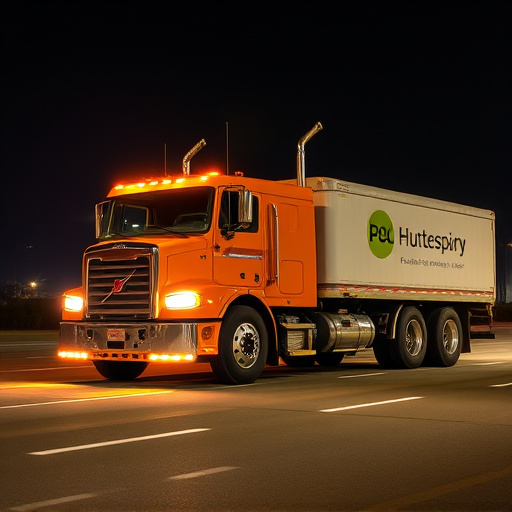UV protection tinting goes beyond aesthetics, offering a shield against harmful UV rays, skin damage, and interior fading. It enhances driving comfort, boosts energy efficiency, and provides privacy when combined with ceramic tinting or wraps. Before installing, thorough preparation is crucial including cleaning windows, replacing incompatible parts, wearing protective gear, ensuring proper ventilation, and adhering to guidelines. Installation requires skill and precision, beginning with meticulous cleaning and selection of the right UV protection film, followed by even distribution using specialized tools, culminating in a final inspection for quality.
Thinking about UV protection tinting for your windows? This comprehensive guide breaks down everything you need to know. Discover the profound benefits of UV blocking tints in protecting your skin and furniture from damaging rays, then learn what to expect during installation. From pre-installation preparation and safety measures to a step-by-step application process, we’ll walk you through each phase, ensuring a smooth and effective UV protection tinting experience.
- Understanding UV Protection Tinting Benefits
- Preparation and Precautions Before Installation
- The Step-by-Step Process of Application
Understanding UV Protection Tinting Benefits

UV protection tinting is more than just a way to darken your car’s windows—it offers significant advantages for both your vehicle and its occupants. By blocking harmful ultraviolet (UV) rays from the sun, this type of window treatment provides a layer of safety and comfort. UV radiation can cause skin damage, accelerate the aging process, and even contribute to certain health issues over time. With UV protection tinting, you’re safeguarding your skin—and the interior of your car—from these harmful effects.
Beyond its health benefits, UV protection tinting also enhances vehicle aesthetics and provides additional security. It reduces glare, making driving more comfortable, especially during sunny days. Moreover, it acts as a protective coating, shielding the car’s interior from fading and damage caused by intense sunlight. In combination with ceramic window tinting or custom vehicle wraps, UV protection tinting can offer even greater benefits, such as improved energy efficiency and enhanced privacy—a package that makes your vehicle stand out in more ways than one.
Preparation and Precautions Before Installation

Before UV protection tinting installation begins, thorough preparation is key to achieving optimal results and ensuring a safe environment for both technicians and vehicle occupants. This includes cleaning the windows inside and out to remove any dust or debris that could affect adhesion. All window components, such as wipers and sensors, should be inspected and deemed compatible with the tint; any necessary replacements should be made prior to installation.
Precautions must also be taken to protect against potential hazards. This involves donning protective gear like gloves and safety goggles to shield against chemicals and debris. Ensure adequate ventilation in the workspace, as some tinting products may emit harmful fumes. Lastly, it’s important to follow manufacturer guidelines and local regulations regarding UV protection tinting application to guarantee a high-quality, durable finish that complements your vehicle with top-tier premium automotive services.
The Step-by-Step Process of Application
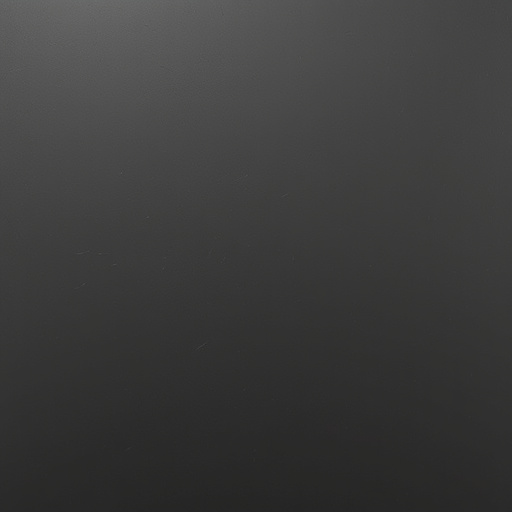
The process of UV protection tinting installation is a meticulous art that requires skill and precision. It begins with thorough preparation to ensure optimal results. The area to be tinted, typically car windows, must be cleaned and dried to eliminate any dust or debris that could compromise the adhesion of the tint. During this step, professionals may also apply a cleaner designed specifically for tinting to enhance surface readiness.
Next, the tinter carefully selects the appropriate UV protection film based on desired shade and vehicle model compatibility. This is crucial as each car’s window size and shape differ. Once chosen, the film is precisely cut to fit seamlessly, ensuring no visible borders or gaps. Following cutting, the tint is applied, starting from one edge and working across the surface until fully covered. The application involves using specialized tools to ensure even distribution and eliminate bubbles or wrinkles. After installation, a final inspection ensures the tint’s quality and effectiveness in blocking harmful UV rays, enhancing both vehicle aesthetics and passenger comfort.
UV protection tinting is more than just a cosmetic upgrade; it’s an investment in your vehicle’s longevity and interior comfort. By understanding the benefits, preparing adequately, and following the correct installation process, you can enjoy enhanced privacy, reduced heat, and protection from harmful UV rays. Remember to choose a reputable installer and high-quality tints for optimal results. Now, when you drive, you’ll not only look stylish but also stay cool and safe.
